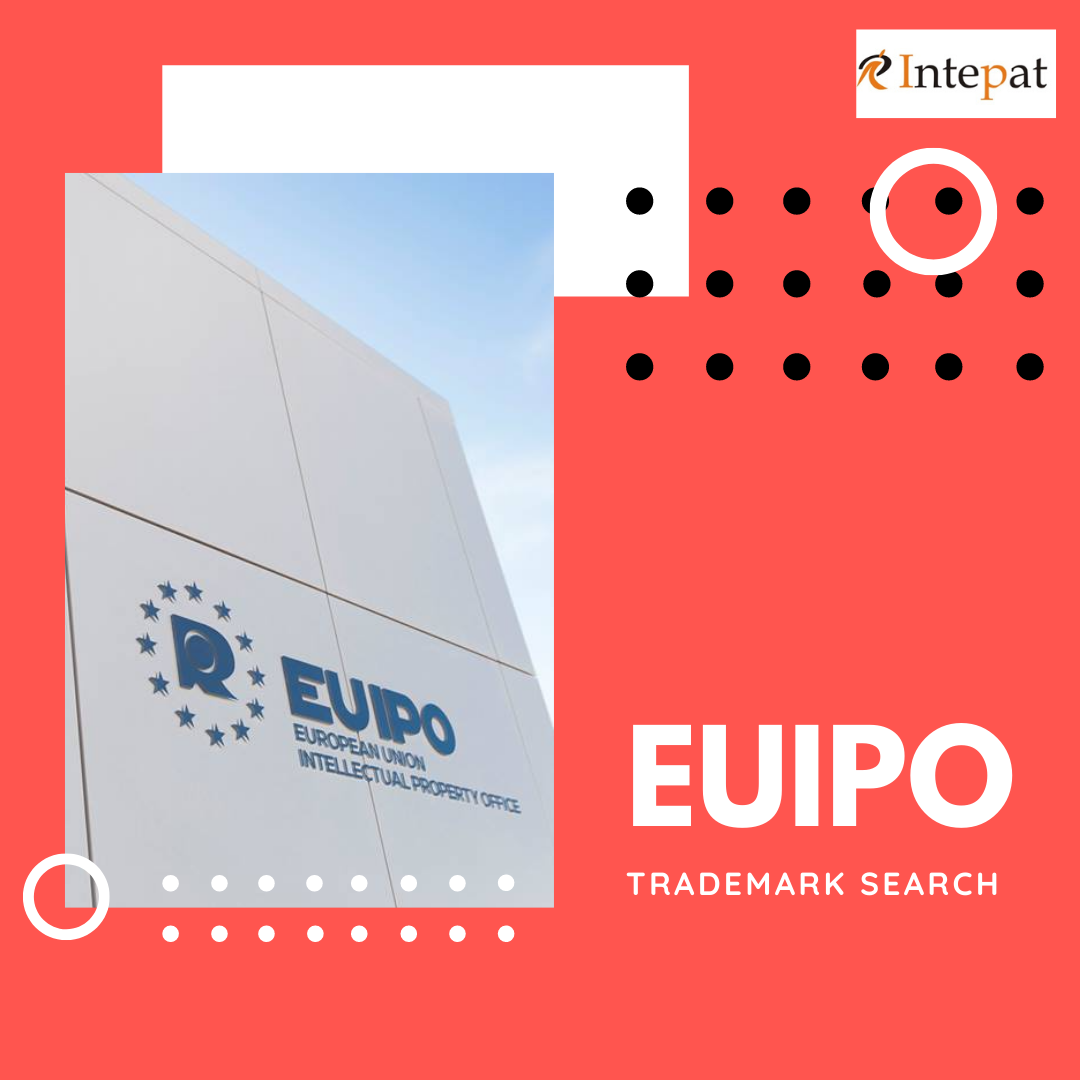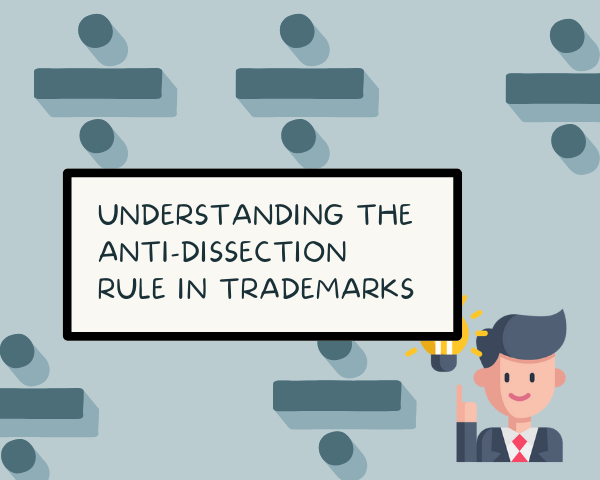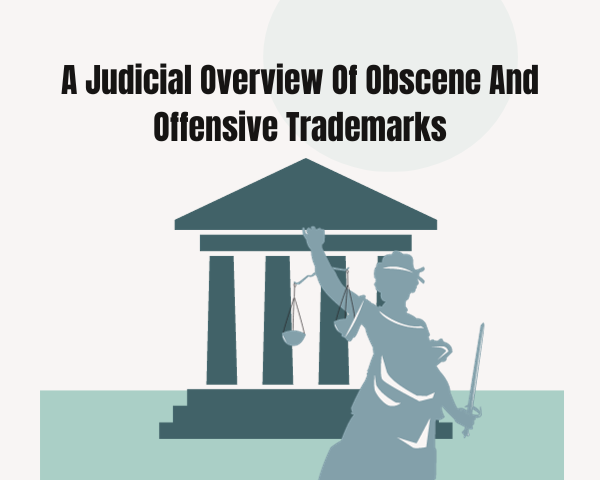Unlike India, for registering a trademark in the European Union, priority is given to the applicant who has first filed the trademark Application i.e., First to File. Therefore it is advised that a comprehensive trademark search must be done to reduce the odds of objection or opposition of the mark later on. For registering a mark in more than one EU Member States, the application is made to the EUIPO (European Union Intellectual Property Office). It gives protection in all Member States (present & future) of the European Union.
Where to Search? – In India, a trademark search is done in the Trademark Registry of India. Similarly, for the European Union, there are two different databases, namely “eSearch plus” and “TMview.”
eSearch plus
It is EUIPO’s access to its database of European Union trademarks and registered Community designs. It helps to find whether someone has registered a similar trademark with the EUIPO. It can also perform image searches as well. It also provides an option of Advanced Search where we can search concerning Trademark information, Trademark Classification, Dates, Owners, and representatives & Office decisions. Unlike the Indian database, the search can be done in multiple classes simultaneously.
TMview
It contains information from all of the EU national IP offices, the European Intellectual Property Office (EUIPO), and several international partner offices outside the EU on trademark applications and registered marks. It is available in at least one official language of each integrated office. In addition to the option of advanced search, it also has a choice of a fuzzy search. This expands the scope of the search to include trademarks that are not identical. We can also limit our range of the search by limiting the countries to which we are most interested in or by excluding the marks that are no longer protected, such as expired trademarks.
The European Union Intellectual Property Office (EUIPO) has implemented a new artificial intelligence solution to allows its users to carry out image-based searches for designs and trademarks, with new algorithms both in eSearch Plus and TMView.
What to Search? – There are several factors to take into consideration when analyzing the search results, but the essential elements are:
1. Date of Filing – As discussed earlier, in EU trademarks are protected on a “First to File” basis. Therefore the date of filing of the application is of utmost importance. However, the Priority Date principle is an exception to this rule. Priority Date is the date to which the applicant claims priority as the date of filing of the first application at national level i.e., any member State of EU, any of the member countries to Paris Convention or a member of the TRIPS Agreement or at a State for which the Commission has confirmed reciprocity.
If we want to benefit from the right of priority, the EUTM application needs to be filed within six months of the filing of a trademark at a national jurisdiction. If the priority for the national mark is accepted, EUTM application will be regarded as if it had been filed on the same day as the earlier application; that is to say, it will have priority over applications filed by others during those six months.
2. Degree of Resemblance with an earlier-filed/registered Mark – It is the most critical factor as the sole objective of a Trademark is to distinguish the goods and services of one from those of the other. The resemblance of the applied mark with the potentially conflicting mark should not create consumer confusion. As mentioned above, it is not advisable to restrict the search to identical marks only. Marks, similar to the applied mark, can also pose a threat. In TMview, similar trademarks can be found out by using the “Fuzzy Search” option.
3. Goods & Services – A trademark can be applied under a single class or multiple classes. In most cases, there must be a link between the goods and services offered under the applied mark, and those provided under the potentially conflicting mark. It is not necessary that the goods and services must be identical. Even if they are only similar, they could pose a threat.
Conclusion
If the applied mark or a similar mark has already been registered or applied previously, then the applicant has several options:
i) Negotiate – Identical or similar trademarks can exist if it does not lead to consumer confusion so that negotiation can be made with the proprietor of the registered or earlier trademark.
ii) Risk registration: Go ahead and file the application and risk opposition (the decision as to whether to object to an EU trademark application depends on many factors; the existence of an earlier registration does not prevent him from applying).
iii) Challenge: Challenge the first trademark.
iv) Give up: Go no further because the risk of opposition is too high.
You may also interested reading the below blog post:
Steps To Conduct A Trademark Search On TESS
How to Conduct Trademark Public Search in India?
Australia’s Trade Mark Assist: 6 Steps To Learn, Search, Apply




